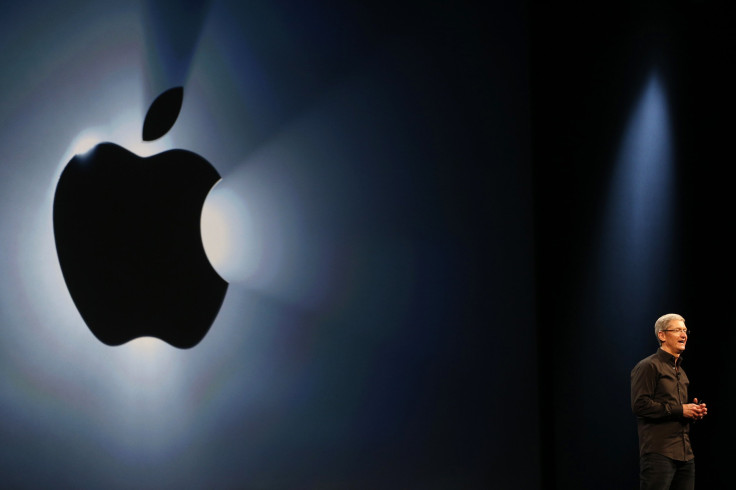Apple Smart Glasses-Like Devices Will Eventually Replace Smartphones, HoloLens Creator Says

Smart glasses is a device category that seems to have had a roller coaster of a ride when it comes to development. The category had a head start with the Google Glass, however, when it was discontinued some time back, the category was thought to have gone dead. Later, the Snapchat Spectacles were launched and now, Apple is rumored to be working on its own smart glasses.
The concept is expected to be different from Snapchat and Google’s offerings — Apple might be working on an AR-enabled smart glasses.
Read: Apple Smart Glasses: 5 Expected Features Including AR, Siri Support And Voice Calling
According to experts such as former Wall Street analyst Gene Munster and the man behind Microsoft’s HoloLens VR technology, Alex Kipman, smart glass technology is just about to take off and has a huge potential — it might replace smartphones someday.
"The potential of these devices is that they could one day replace your phones, TVs, and all these screens. Once your apps, videos, information, and even social life are projected into your line of sight, you won't need any other screen-based gadgetry … [it's] the natural conclusion of mixed reality," Kipman told Windows Central on Friday.
Kipman’s assessment might seem too futuristic but not impossible. Technology such as HoloLens-based Mixed Reality is already providing a huge leap in terms of mixing the virtual and real since it actually embeds the virtual holograms in the user’s line of vision, giving the user a VR view which seems somewhat real and not wholly virtual.
Replacing TV screens with VR headsets has already begun for gamers, but including this functionality in smart glasses is also probable.
Replacing smartphones with smart glasses would be a humongous task. Imagine a world in which smart glasses could do all the work a smartphone is capable of doing. This means a user can answer phone calls by simply looking at his/her smart glasses, probably by winking or using a button on the device and getting the sound in an attached headset.
A similar functionality with onboard buttons could be used to even write texts using voice assistants and videos could be captured using an attached camera — like the one on the Snapchat Spectacles. A similar approach could also be applied to gaming too. Playing games on a pair of smart glasses might be even more interesting.
Read: Apple iPhone AR, VR Could Improve After Eye-Tracking Company SMI Acquisition
But what Kipman’s concept doesn’t take into account are the issues with running a device using the eyes instead of fingers. Unless and until this technology develops enough not to stress out a user’s eyes, a pair of smart glasses will just remain a dream device without currently irreplaceable functionality that a smartphone provides.
That being said, concepts such as Mixed Reality might hold the key to the development of this technology and companies like Apple, with its recent acquisition of eye-tracking company SMI, might be the ones to push the technology towards practical realization.
© Copyright IBTimes 2024. All rights reserved.





















